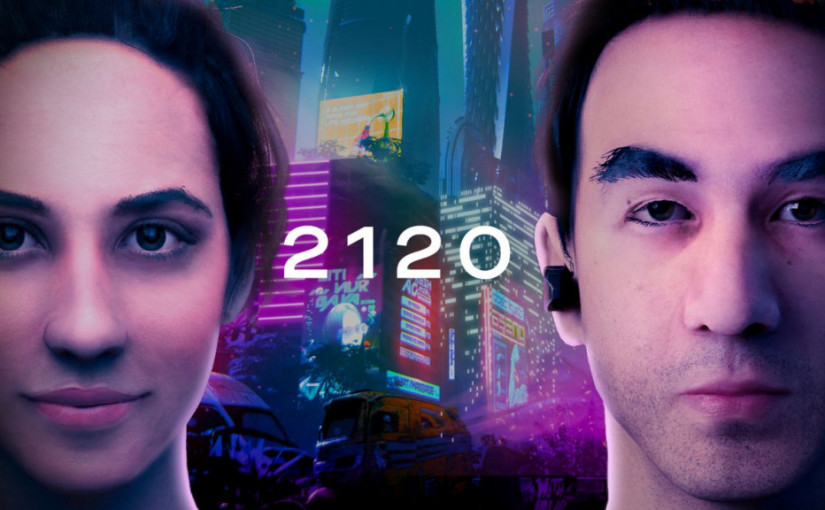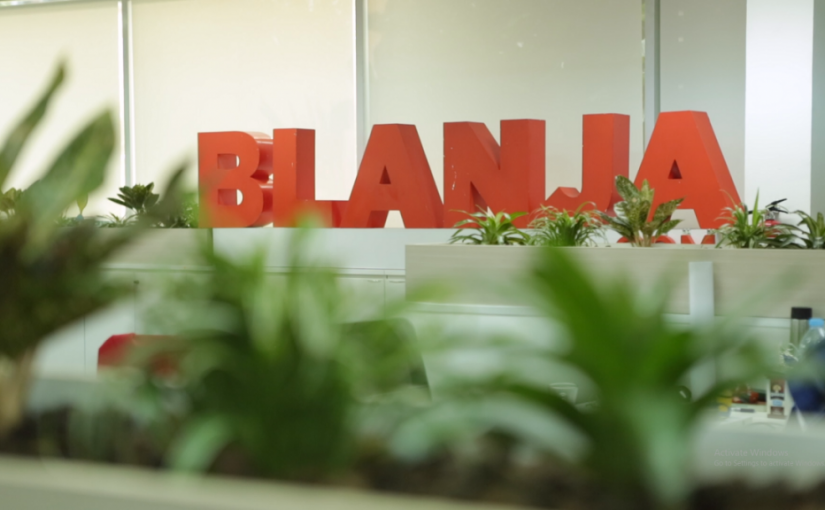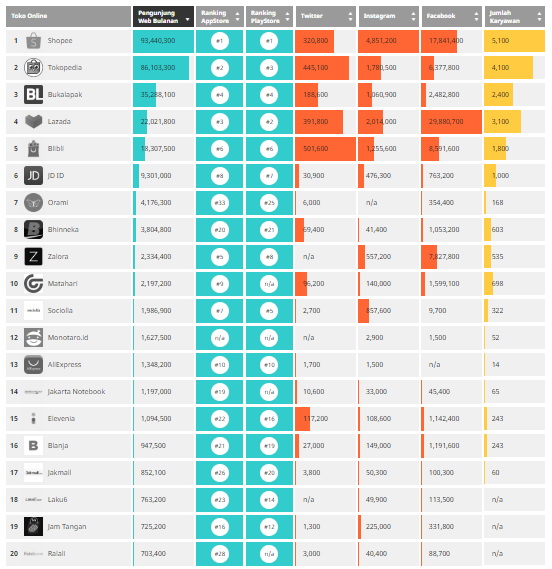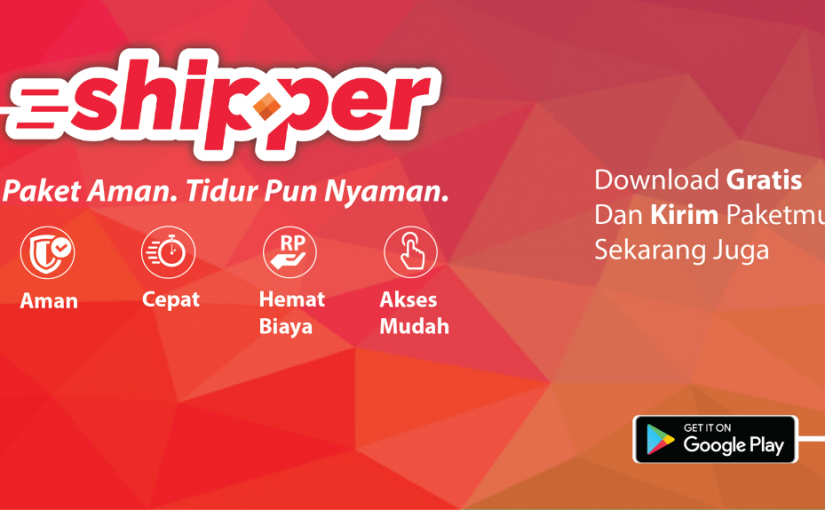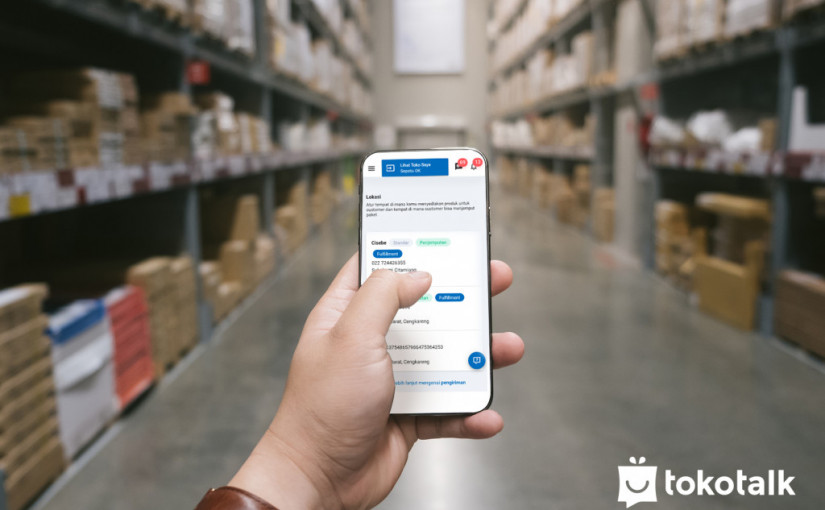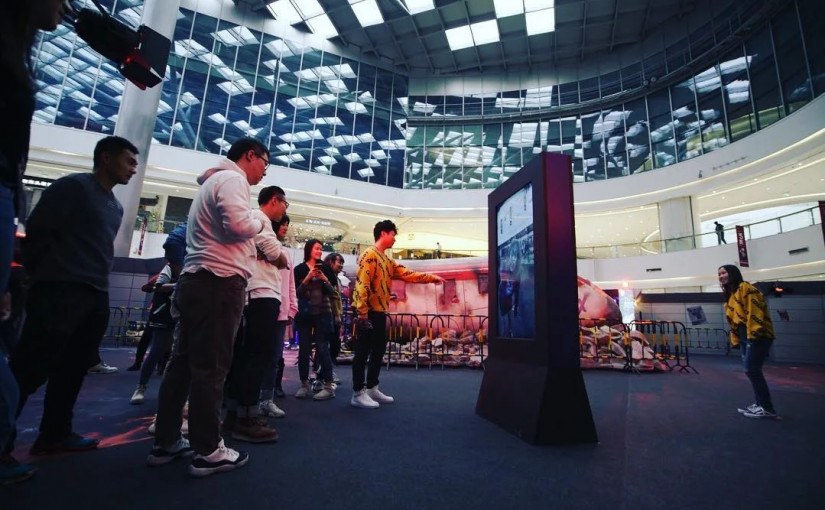Gopay’s domination in Indonesia is nothing. Quoting from various surveys, one of which is from the latest iPrice report, in the second quarter of 2020, Gopay has the highest number of monthly active users and total downloads from its closest competitors, Ovo, Dana, and LinkAja.
It was also stated that Gopay was named the first e-wallet that new users (60%) would choose when making transactions for the first time. In addition, they have the highest number of organic users (54%), even though there are no promos or cashbacks offered, users will still use Gopay as their transaction tool.
The secret of the kitchen that causes this condition is the various partners that provide payment channels, both online and offline, which Gojek formed as the parent of Gopay. This ecosystem forms a new habit for consumers to use Gopay as a daily payment method from the first time they wake up, until they go to sleep again.
When that happens, loyalty is formed. Even if Gopay does not provide discounts, it will not affect user loyalty.
Head of Corporate Communications GoPay Winny Triswandhani explained that the total number of Gopay merchants currently has reached more than 500 thousand merchants, around 95% of which are micro and small merchants. This figure is not only merchants acquired directly by Gopay, including merchants who accept Gopay as a payment tool from GoFood and Midtrans.
“Once Gopay can be accepted outside the ecosystem, we invest a lot of resources, including field labor for the acquisition of small traders. From the start it wasn’t easy, from two years ago the struggle for their education was more difficult than the tech savvy merchants, “he explained to DailySocial.
He continued, “But we know they are the ones who need cashless payments the most because from there they can build credit history, clean books, and these transactions can lead them to grow, for example when applying for KUR.”
Even during this pandemic, since March until now there has been a rapid increase in offline merchants joining, reaching more than 120 thousand new merchants. The triggering factor was a shift in consumer shopping from offline to online, which eventually led merchants to follow this trend.
In accommodating the booming needs of these offline merchants, Gojek created a Gojek with Gojek landing page. There the company combines a variety of business start-up solutions that enter its ecosystem for merchants, from starting up to being established.
Gojek prepares GoFood and GoBiz partner registration solutions, digital payment arrangements for outlets, sites / applications, social commerce, and loan capital. All these solutions certainly involve Gopay as the main umbrella.
Merchants only need to answer short questions asked about the type of business and their monthly sales turnover. Later the survey will direct the right payment solution according to the business conditions.
“For example, for merchants selling on social commerce, you can use Selly. It is a keyboard application that can accommodate answer templates, can create invoices, and has been facilitated with digital payment methods and QRIS. Now people are aware that online stalls are now mandatory and are no longer nice to have. ”
Payment through digital app
One thing that makes Gopay something of a breakthrough is its presence on Google Play as a payment option for buying apps, games, and making in-app purchases since last year. Previously, payments on Google Play could only be made by credit or debit card, Google Play Credit, and through credit deduction.
“Basically, all applications on Google Play can use Gopay for payments. We know the credit card penetration here is very low. We always see consumer behavior when transacting online [in developing innovations]. Digital payments through applications are now much the same as gaming, “said Winny.
Winny did not specify how the current transaction contribution compared to transactions at merchants. However, looking at other sources, in March, GoPay Senior Vice President Product Marketing Timothius Martin said that Gopay’s transactions on Google Play have tripled since six months. Contribution is equal from game and non-game applications.
“This year, even though it has increased threefold, it has been balanced. The contribution is 50% in games, 50% in non-games. In non-games, Gopay has lifestyle and entertainment for streaming, ”said Timo.
From Gojek’s internal data throughout March-May 2020, it shows that Gopay is widely used to purchase game coupons with a 3x increase. The Free Fire, Mobile Legends, and PUBG Mobile applications are favorite games based on the number of top-up game payments with Gopay.
The latest development that the company has made is integrated payment for subscription packages on Spotify and YouTube (Premium and Music). A number of other well-known non-game applications that are now connected to Gopay are HBO Go, WeTV, Iqiyi, Viu, Imo, Inshot, Google Drive, VSCO, LINE, Kakaopage, VivaVideo, Joox, Tinder, Catchplay, Vidio, and many more.
Not only on Google Play, Gopay is also available as a payment method for digital products on the Galaxy Store, a digital app store for Samsung devices. Regarding the plan whether it will be coming to the App Store soon, Winny only said that the company always strives to meet every user’s need, whatever the form.
–
Original article is in Indonesian, translated by Kristin Siagian
